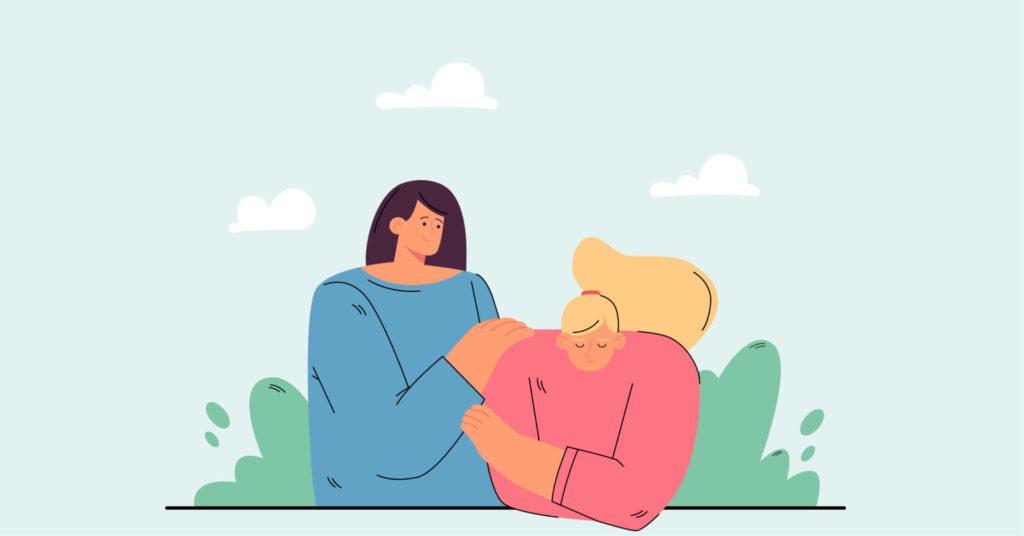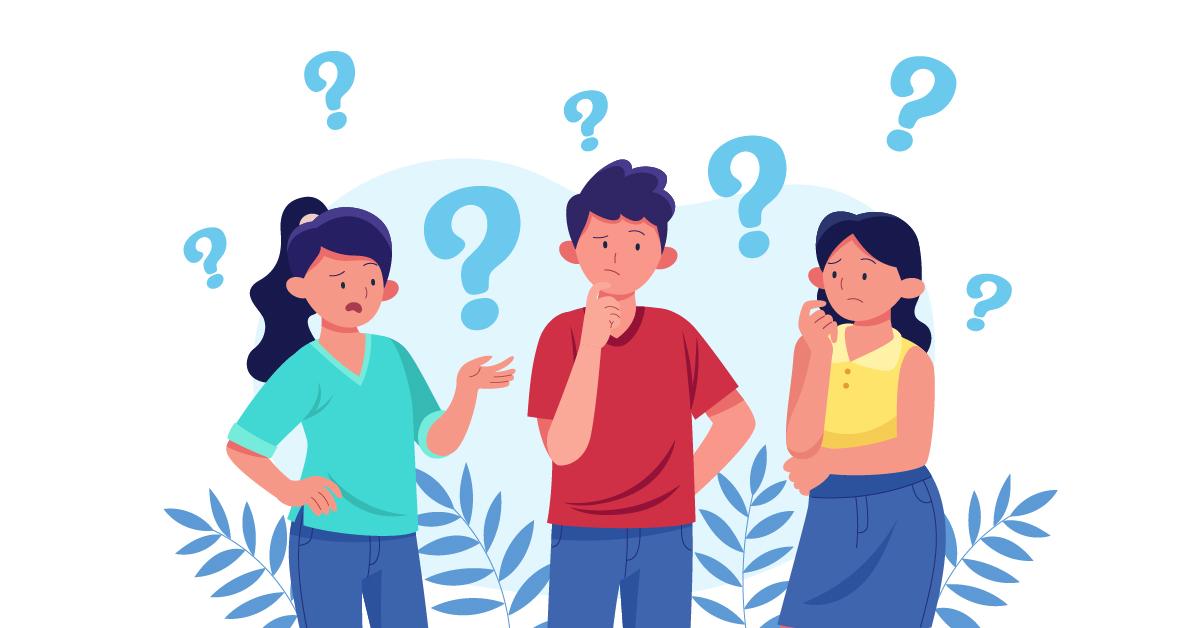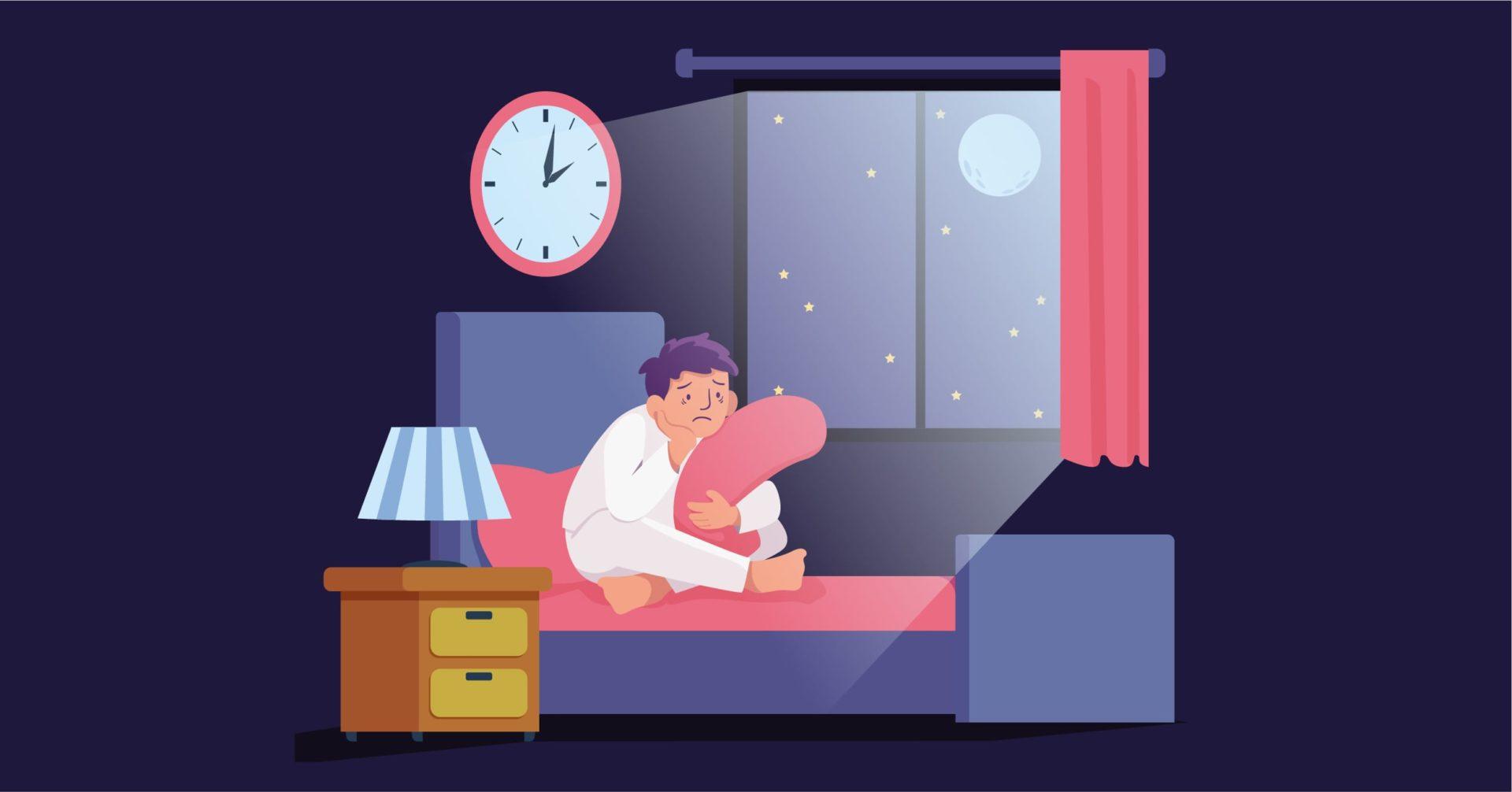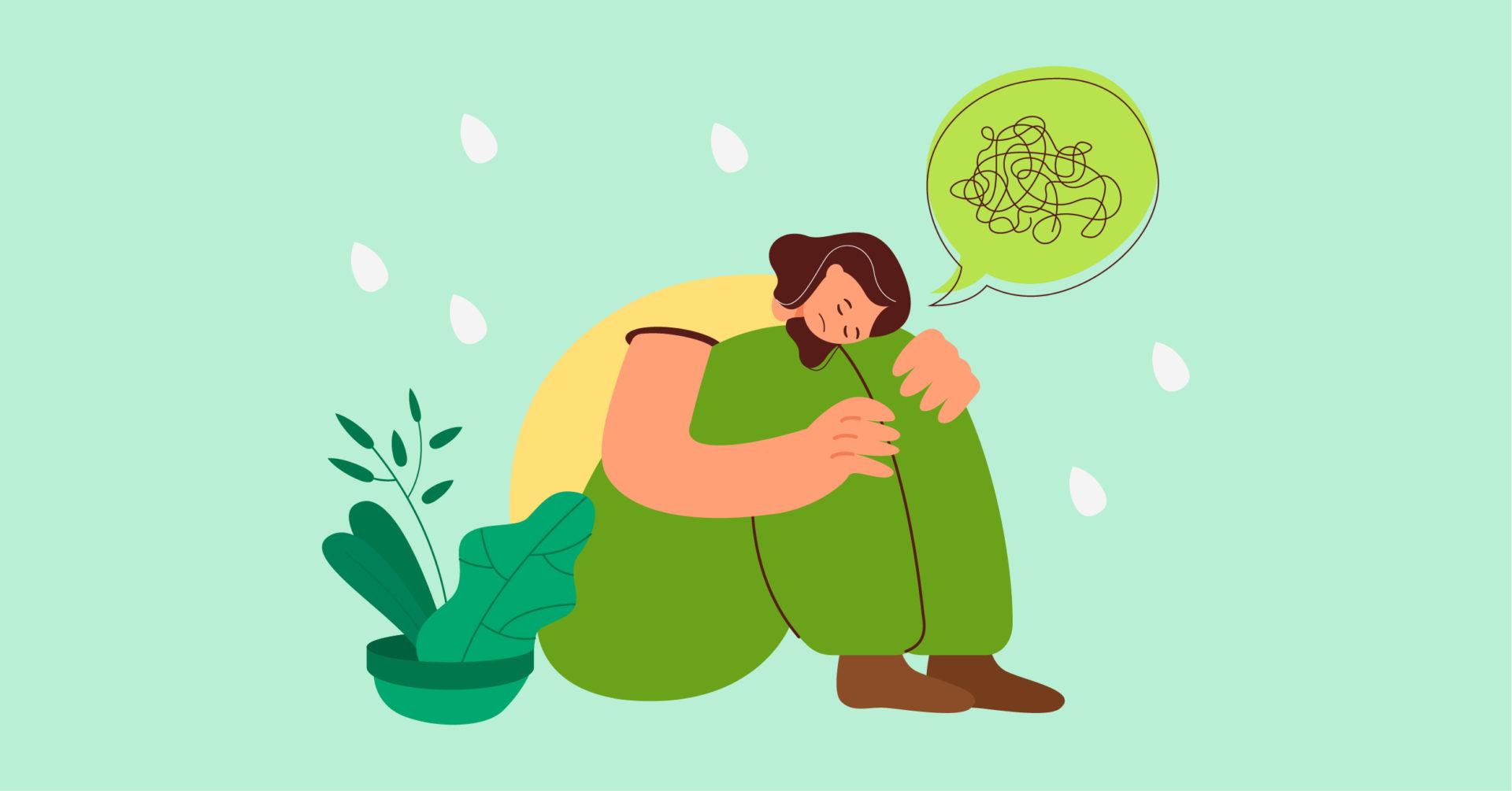Overview
Major Depressive Disorder (Major Depressive Disorder) is one of the most common mental disorders, and involves abnormalities in the mood, cognitive processes, physiological processes, sleep patterns, eating patterns, and psychomotor activities. The defining characteristics of the disorder include a depressed mood or loss of interest.
The incidence of major depressive disorder is higher in women, and occurs mainly around adolescence, lasting through young adulthood, though it can also be diagnosed in childhood.
While the occurrence of Major Depressive Disorder continues on into later life, it is lower in people over 65, and can be difficult to diagnose in old age due to an overlap of symptoms with those of several medical illnesses such as dementia.
Causative factors have biological, neurological, environmental and sociodemographic bases.
Major Depressive Disorder is a recurrent condition, and depressive episodes can typically last 6-9 months if untreated. In 20% of people with Major Depressive Disorder, symptoms do not remit for over two years, and Persistent Depressive Disorder is diagnosed.
Chronic major depression often relates to childhood trauma, family problems, and anxious personality during childhood.
A remission of depressive symptoms often occurs, with symptoms disappearing for a minimum of two months. However, symptoms return at some future point. Recurrence of symptoms is more common in those with comorbid symptoms. Relapse typically takes place when pharmacotherapy is terminated prematurely.
The treatment for Major Depressive Disorder involves a combination of psychotherapy and medication.
Signs and Symptoms of Major Depressive Disorder
Major Depressive Disorder requires a medical diagnosis.
The signs and symptoms of major depressive disorder are:
- Feelings of sadness, emptiness, worthlessness and hopelessness
- Significantly decreased interest in all activities
- Loss or gain of weight that is not an effect of diet or exercise
- Fluctuating appetite nearly everyday
- Experiencing sleep disturbances, such as excessively sleeping or not being able to sleep, nearly every day
- Being restless or slowed down, enough to be observed by others
- Fatigue or loss of energy
- Body pains, aches, or cramps that do not have a physical cause
- Feelings of excessive or inappropriate guilt
- Decrease in the ability to think or concentrate
- Feelings of indecisiveness
- Recurrent thoughts of death and suicide
A diagnosis of Major Depressive Disorder requires five or more of the above symptoms to be present during a consecutive two-week period, with one of the symptoms being either depressed mood or loss of interest.
Risk Factors
Multiple studies have highlighted the importance of age, sex, marital status, education, heritability, immigration status and income as key sociodemographic factors associated with major depressive disorder. More women are affected by depression than men, and the prevalence of the disorder usually falls in early adolescence and adulthood.
A predisposition of neurotic tendencies, or negative affect, has also been linked to increasing vulnerability to Major Depressive Disorder. Traumatic childhood experiences and major life stressors can also be precursors to major depressive episodes.
It is also possible for Major Depressive Disorder to develop in the background of other disorders, such as substance use disorder, anxiety disorders and borderline personality disorders. Chronic or disabling medical conditions can also prove to increase risks.
Biological causal factors include genetic, neurochemical, neuroanatomical, neurophysiological, and hormonal influences. While there is speculation that sex differences in the prevalence of Major Depressive Disorder have biological bases, focusing mainly on hormonal and genetic factors, studies examining related hypotheses have been largely inconsistent and inconclusive.
Diagnosis
Diagnoses of depression can be based on physical tests conducted to rule out underlying health problems as an influence, laboratory tests to ensure adequate hormonal balance, and psychological evaluations including self-report measures and interviews based around criteria outlined by the DSM-5.
The DSM-5 differs from its previous edition in that it removed the bereavement exclusion, which suggested that people who had recently experienced loss and met the diagnostic criteria for Major Depressive Disorder could be excluded from diagnosis. This is a controversial decision that gives rise to the concerns of pathologizing grief.
The diagnostic criteria mentioned in the DSM-5 emphasize the presence of at least five of the following symptoms, one of which must be either depressed mood or loss of interest or pleasure:
- Depressed mood most of the day, nearly every day, as indicated by either subjective report (e.g. feels sad, empty, hopeless) or observation made by others (e.g. appears tearful). (Note: in children and adolescents, can be irritable mood).
- Markedly diminished interest or pleasure in all, or almost all activities most of the day, nearly every day (as indicated by either subjective account or observation).
- Significant weight loss when not dieting or weight gain (e.g. a change of more than 5% of body weight in a month), or decrease or increase in appetite nearly every day. (Note: in children, consider failure to make expected weight gain).
- Insomnia or hypersomnia nearly every day.
- Psychomotor agitation or retardation nearly every day (observable by others, not merely subjective feelings of being restless or slowed down).
- Fatigue or loss of energy nearly every day.
- Feelings of worthlessness or excessive or inappropriate guilt (which may be delusional) nearly every day (not merely self-reproach or guilt about being sick).
- Diminished ability to think or concentrate, or indecisiveness, nearly every day (either by subjective account or as observed by others).
- Recurrent thoughts of death (not just fear of dying), recurrent suicidal ideation without a specific plan, or a suicide attempt of a specific plan for committing suicide.
It is important to consider that these symptoms are not better explained by other underlying mental disorders, are not a result of substance or medication, and cause significant distress in important areas of functioning.
These constitute the symptoms of a major depressive episode (MDE). For the diagnosis of Major Depressive Disorder, there must be presence of major depressive episodes and no experience of a manic, hypomanic or mixed episode.
Individuals who meet the criteria for MDE also present additional symptomatic patterns, or specifiers, which can help evaluate the course development and preferred treatment. These are:
- With melancholic features: involving three symptoms which can be early morning awakening, depression being worse in the morning, marked psychomotor agitation or retardation, loss of appetite or weight, excessive guilt, qualitatively different depressed mood
- With psychotic features (mood congruent/mood incongruent: Delusions or hallucinations that are related to mood, commonly feelings of guilt or worthlessness are present
- With atypical features: wherein the individual brightens to positive events, and there is a presence of two symptoms which can be weight gain or increase in appetite, hypersomnia, heaviness of arms and legs (leaden paralysis), increased sensitivity to interpersonal rejection
- With catatonic features: various psychomotor symptoms, such as motoric immobility to increased psychomotor activity, including mutism and rigidity
- With seasonal pattern: at least two or more episodes in the last two years, occurring in the same seasonal period (usually winter), and full remission in the same year (usually during summer). There is an absence of non-seasonal episodes in that duration.
Other specifiers may include Major Depressive Disorder with anxious features, mixed features, or pre-partum or postpartum onset.
Treatment for Major Depressive Disorder
Treatments of major depressive disorder follow the route of medication and psychotherapy. The course of treatment is determined by the symptoms present, and a mode of management that leads to improvement while also ensuring the patient’s safety and functionality is chosen.
Severe depression can warrant hospital visits or admission, in the form of outpatient treatment programs or rehabilitation centres.
In cases of mild to moderate depression, initial courses of antidepressants are dependent on their side effects and safety of the medication, as effectiveness between different classes of antidepressants is generally uniform.
Depending on specifiers, medication may be modified in order to effectively treat presenting symptoms. Patients with psychotic depression are often difficult to treat and may need several forms of intervention including a combination of antipsychotic and antidepressant medication.
Electroconvulsive therapy (ECT) is administered for treatment-resistant depression, such as severe psychotic depression with severe suicidality, catatonia or refusal to eat. There is also evidence of transcranial magnetic stimulation being effective for treatment-resistant depression, including catatonia.
There has also been evidence of the efficacy of physical activity in alleviating symptoms of depression, such as yoga therapy, resistance training and aerobic exercise in mild cases.
Differential Diagnosis
1. Manic episodes with irritable mood or mixed episodes: Major depressive episodes with prominent irritable mood may be difficult to differentiate from manic episodes with irritable mood or from mixed episodes. This distinction requires a careful clinical evaluation of the presence of manic symptoms.
2. Mood disorder due to another medical condition: A major depressive episode is the appropriate diagnosis if the mood disturbance is not judged, based on individual history, physical examination, and laboratory findings, to be the direct pathophysiological consequence of a specific medical condition
3. Substance/medication-induced depressive or bipolar disorder: This disorder is distinguished from major depressive disorder by the fact that a substance intake is responsible for the mood disturbance.
4. Attention-deficit/hyperactivity disorder: HIgh distractibility and low frustration tolerance can occur in both attention-deficit/ hyperactivity disorder and a major depressive episode; if the criteria are met for both, attention-deficit/hyperactivity disorder may be diagnosed in addition to the mood disorder.
5. Adjustment disorder with depressed mood: A major depressive episode that occurs in response to a psychosocial stressor is distinguished from adjustment disorder with depressed mood by the fact that the full criteria for a major depressive episode are not met in adjustment disorder.
6. Sadness: Periods of sadness are natural for humans. These periods should not be diagnosed as a major depressive episode unless criteria are met for severity (i.e., five out of nine symptoms), duration (i.e., most of the day, nearly every day for at least 2 weeks), and clinically significant distress or impairment.
Comorbidity
Disorders comorbid with which major depressive disorder are substance related disorders, panic disorder, obsessive-compulsive disorder, anorexia nervosa, bulimia nervosa, and borderline personality disorder.
Specialist
Primary healthcare providers will often conduct tests to dismiss underlying physical causes that coincide with depressive symptoms. Treatment options that involve psychopharmacological approaches are implemented by psychiatrists, who may also undertake the psychotherapeutic responsibilities. Alternatively, a therapist and psychiatrist may collaboratively provide psychotherapy and medication respectively.
In Conclusion
You can’t just “snap out” of despair; it’s not a sign of weakness. Long-term treatment may be necessary for depression. But resist giving up. With medicine, counseling, or both, the majority of depressed persons get improved symptoms. There is no foolproof method to stop depression.
However, these methods might be useful. Take action to manage your stress, build your resilience, and improve your self-esteem. To get through difficult times, reach out to family and friends, especially during times of crisis.
Consult Ananda’s mental healthcare professionals and get help as soon as a problem arises to stop depression from getting worse.





